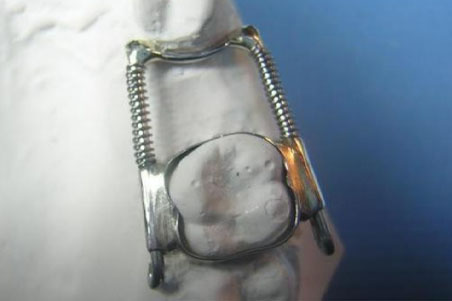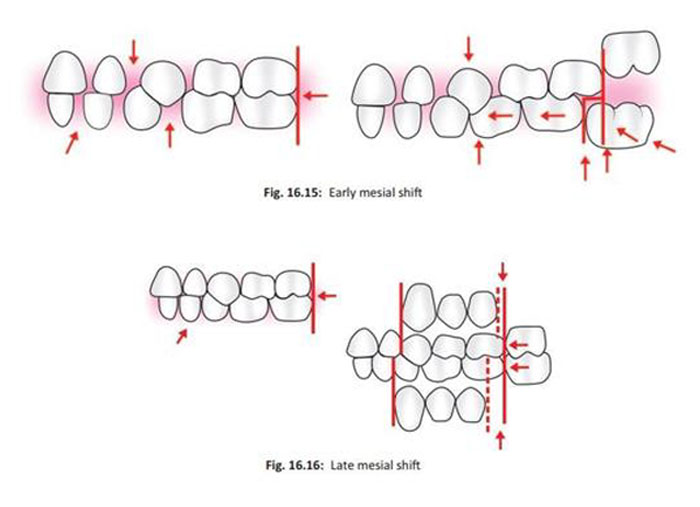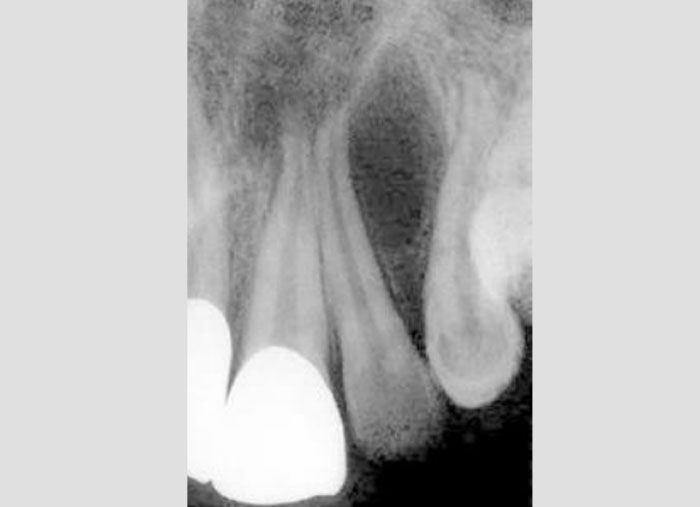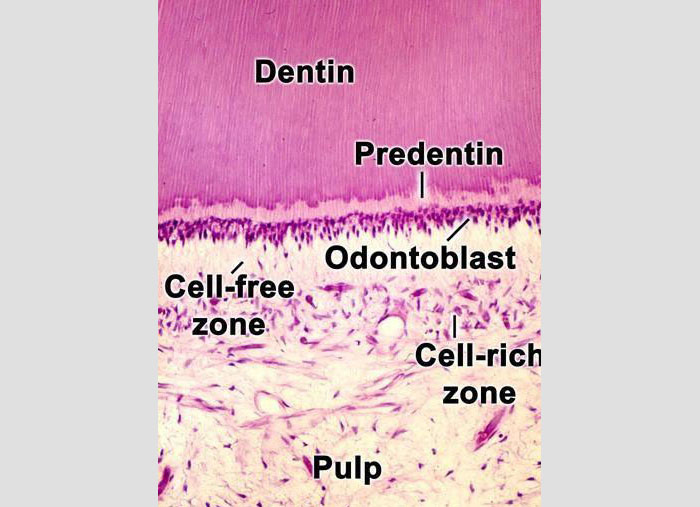- NEED HELP? CALL US NOW
- +919995411505
- [email protected]
Measles Virus

Measles is a highly communicable acute viral disease.
It is one of the five classic exanthematous diseases of the childhood; others being chickenpox, rubella, roseola, and fifth disease.
Morphology
- Measles virus is spherical, but is often pleomorphic, measuring 120–250 nm in diameter.
- It contains a negative-sense RNA genome.
- The helical nucleocapsid is surrounded by an envelope carrying H and F protein on its surface.
- The virus causes hemagglutination of monkey erythrocytes, but it is not followed by elution as the virus does not produce any neuraminidase activity.
- The measles virus has only one serotype and infects only humans, not any other mammals.
- The virus is antigenically uniform; it shares antigens with canine distemper virus.
- The measles virus is heat labile. It is readily inactivated by ether, formaldehyde, high temperature, and ultraviolet light.
- The virus is stabilized by molar MgSO4 following which the virus resists heating at 50°C for 1 hour.
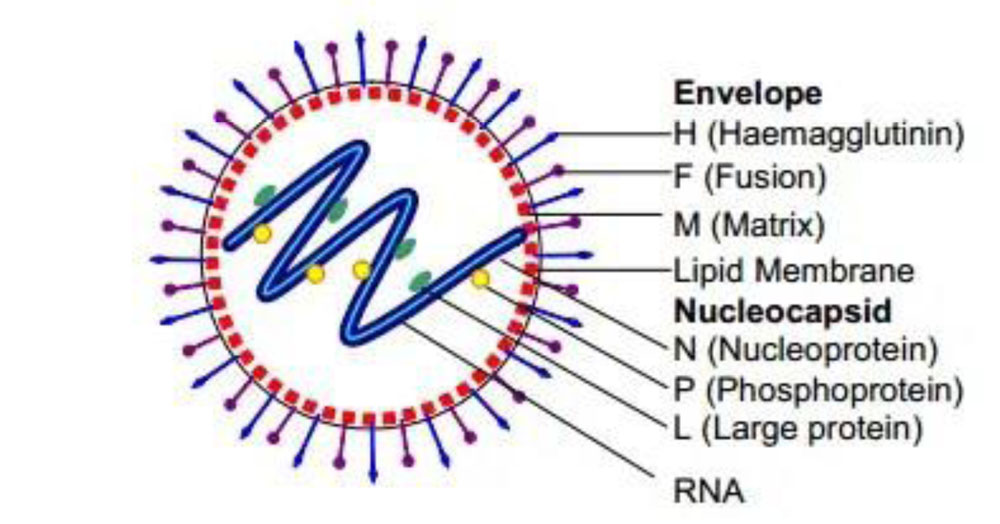
Virus Isolation
Culture
- The isolates can be adapted for growth on HeLa or Vero cell lines.
- Characteristic cytopathological effects include multinucleated giant cells with cytoplasmic and nuclear inclusion bodies.
- Warthin–Finkeldey cells are the multinucleated giant cells produced by measles virus in lymphoid tissue of the patients.
- These giant cells are produced as a result of the F proteins in the spikes.
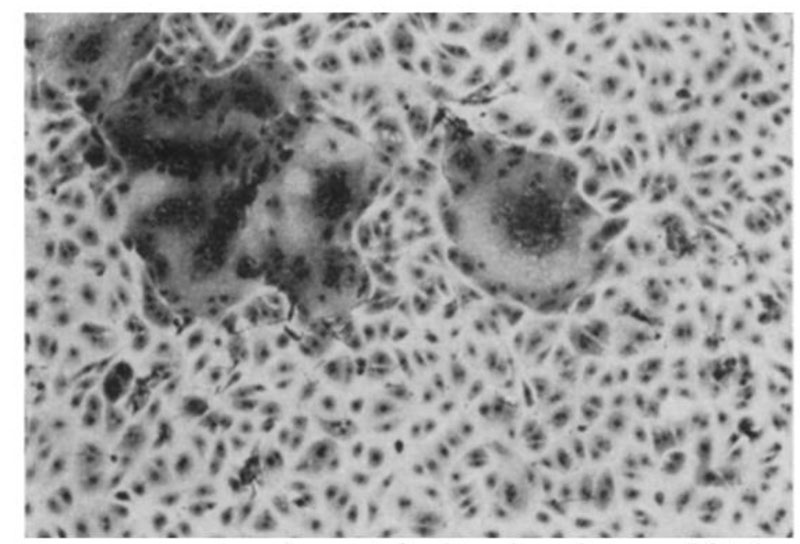
Pathogenesis

Host immunity
- Measles causes immunosuppression, characterized by decrease in eosinophils and lymphocytes (both B and T cells) and depression of their response to activation by mitogens.
- Marked decrease in interleukin-12 production and leads to antigenspecific lymphoproliferative responses that are present for weeks to months after the acute infection.
- Cell-mediated immunity (CMI) plays an important role to control measles infection.
- The antibodies do not have any role in conferring protection against measles virus, because the viruses spread from cell to cell. However, maternal antibodies in infants protect against measles during first 6 months of life.
- Nevertheless, one attack of measles confers lifelong immunity.
Clinical Syndromes
Measles virus is associated with the following clinical syndromes:- measles,
- atypical measles, and
- subacute sclerosing panencephalitis.
Symptoms
- Incubation period varies from 8 to 12 days.
- The prodromal phase is characterized by high fever, malaise, anorexia, conjunctivitis, cough, and coryza.
- Koplik’s spot is the typical pathogenic lesion found in the mucous membrane

- An erythematous maculopapular rash appears within 12–24 hours of appearance of the Koplik’s spots. The rash usually begins on the face, then spreads extensively and appears on the trunk, extremities, palms, and soles and lasts for about 5 days.
- Desquamation of the rashes except those of palms and soles may occur after 1 week.
- Patients appear highly sick during the first or second day of the appearance of the rash. The rash is typically absent in patients with defective CMI.
- Generalized lymphadenopathy and mild hepatomegaly may also occur in some patients.
Complications of measles
- Otitis media,
- Bronchopneumonia,
- Laryngotracheobronchitis (croup),
- And diarrhea.
- Hepatitis, encephalitis, and SSPE are the rare complications.
- Encephalitis is one of the most dangerous complications and occurs approximately in one of every 1000 patients.
- Measles causes death mostly in children younger than 5 years.
- It causes high mortality in infants and children who are immunocompromised because of human immunodeficiency virus (HIV) infection or other diseases.

